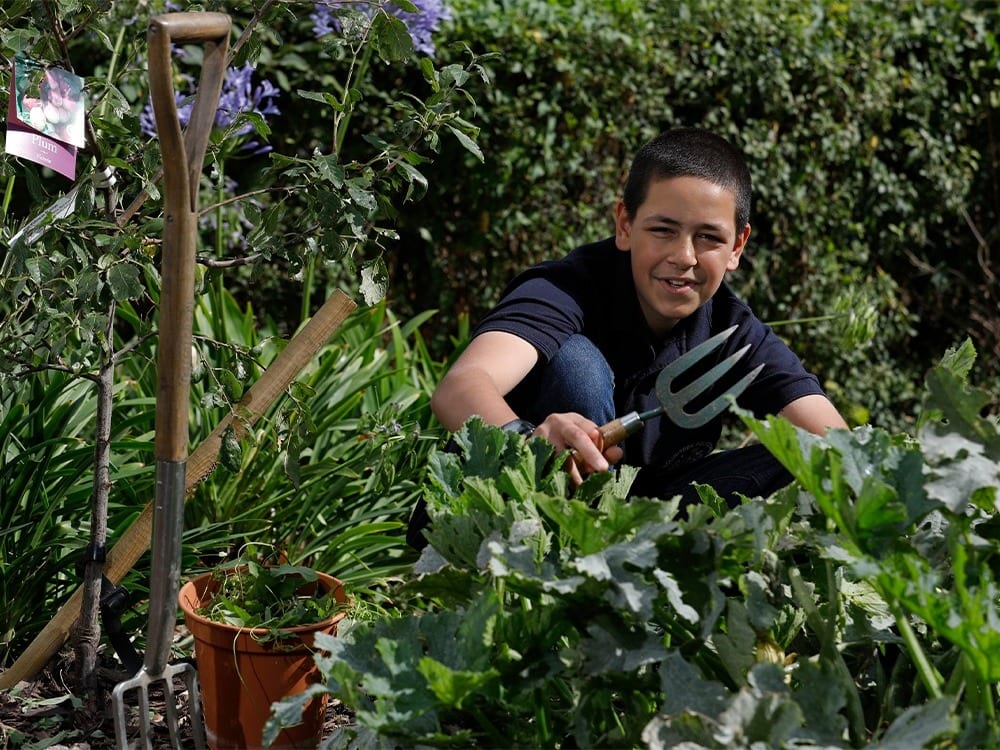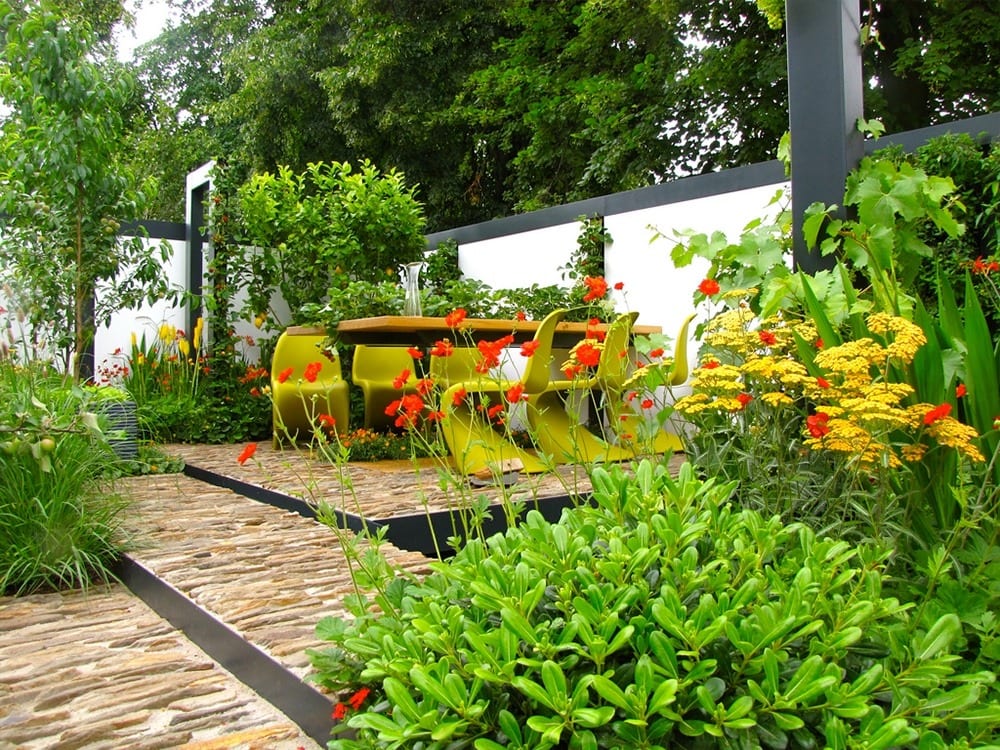June is one of the nicest months of the year. The days are long and the garden is now in full swing. Frosts are a thing of the past, and we can just take time and enjoy. And it’s really important to do just that.
Yes, there’s lots to do out there, but take some time out just to enjoy.
It’s the perfect time to:
– Cut back the foliage from spring bulbs
– Lift and store tulip bulbs for planting out in the autumn
– Dead head all flowering plants regularly. Removing spent flowers stimulates plants to produce new flowers rather than simply setting seed
– Feed sweet peas with a high potash feed, either an off the shelf product or make your own with comfrey leaves
– Sow biennials such as wallflowers for next year
– Prune spring flowering shrubs (including Deutzia, Weigela and Philadelphus), removing spent flowers as well as some of the old stems to ground level to reduce congestion
– Keep an eye out for aphids and spray with a soap-based insecticide if necessary
– Water hanging baskets and other containers daily, preferably with collected rainwater. A weekly feed and regular dead-heading will keep containers blooming right through until autumn
– Hoe regularly to keep on top of the annual weeds
In the kitchen garden
• Harvest early potatoes as soon as they start to flower
• Enjoy the delight of freshly picked home-grown salad
• Pinch out side shoots of cordon tomatoes and support with a cane, tieing in regularly
• Direct sow brassicas and leeks for harvesting over the winter
• Continue successional sowings of carrots, radishes, salad leaves, lettuce, French beans and herbs











